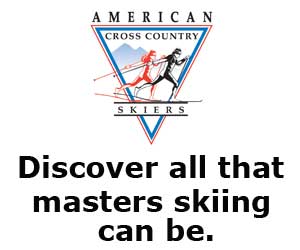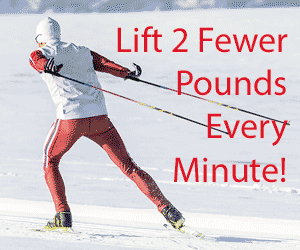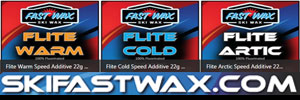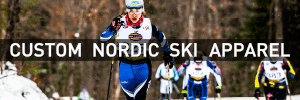Cross Country Ski Waxing and Base Prep
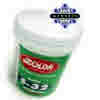

Waxing with Solda for cold snow
2/3/2011 - By Bert Hinkley
In cold snow it is a good idea to harden the bases with F15 Blue. Then go with other wax options based on snow and temp and humidity.
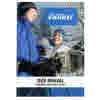

Vauhti ski wax manual
2/2/2011 - By Rick Weir
Vauhti ski wax manual: Flour powders, Flour liquids, Flour emulsions, LF Flours, kick waxes, etc. and instructions...
Q&A with Eli Brown at Noon Today..OR NOT.
2/2/2011 - By Mike Muha
UPDATE: Eli and the station got their signals crossed. The chat will be NEXT Tuesday...
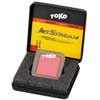

JetStream Application and Rotocorking Tips
2/2/2011 - By Ian Harvey
There are various ways to apply JetStream (or any other fluorocarbon). Sometimes the end result is the same and sometimes one method of application yields an advantage over another. Here are 3 main options and their merits.


Klister Cushion?
2/1/2011 - By Chris Hall
Using hard wax, we often do a hard-over, putting the softer wax underneath as cushion and using the colder on top so it doesn't ice, and then might wear away as the day warms, snow gets warmer. Is the same process ever used with klister?
Transcript of Live Chat with Eli Brown
1/26/2011 - By Eli Brown
If you missed it: The transcript from the live chat with Eli Brown on waxing (and a little bit on equipment).
Q&A with Eli Brown at Noon TODAY
1/26/2011 - By MIke Muha
Eli Brown was asked to do a weekly live web chat on waxing with the local NBC affiliate at noon today. You can ask him questions online at UpNorthLive.com.
A perfect wax, and structure, for each snow condition
1/8/2011 - By Chris Hall and Drew Gelina
The Swix team ran many tests over the 24 hours preceding the distance freestyle event at US Nationals and was able to identify waxes and structure patterns that were running very fast and used my many of the teams and athletes racing on Thursday.


Base Green Binder wax of the day at Nationals
1/6/2011 - By Ian Harvey
Our wax tip was for a super thick and short application (in multiple layers) of Base Green Binder. Simple as that. In testing, this solution went about as well as the best klister wax solutions.


Selecting a structure for your skis
12/23/2010 - By Swix
Generally, we can say that linear structure and broken linear structure (V) are mostly used in classic races. Screw and cross-structures often give a good “feeling ” in free technique (skating) races.
Swix Structure Basics
12/21/2010 - By Andrew Gerlach
Although there are variations in the patterns applied, structures can be classified into “fine”, “medium-fine ”,“medium-coarse ” and “coarse ” structures. The most frequently used structures in World Cup are “fine” and “medium-fine ”.


Adding structure with the Toko Structurite tool
12/8/2010 - By Ian Harvey
When selecting a structure, there are four main factors to consider: the moisture content of the snow, snow crystal type, dirt content of the snow, and how skied in the snow is going to be. Figure this out THEN apply structure.
